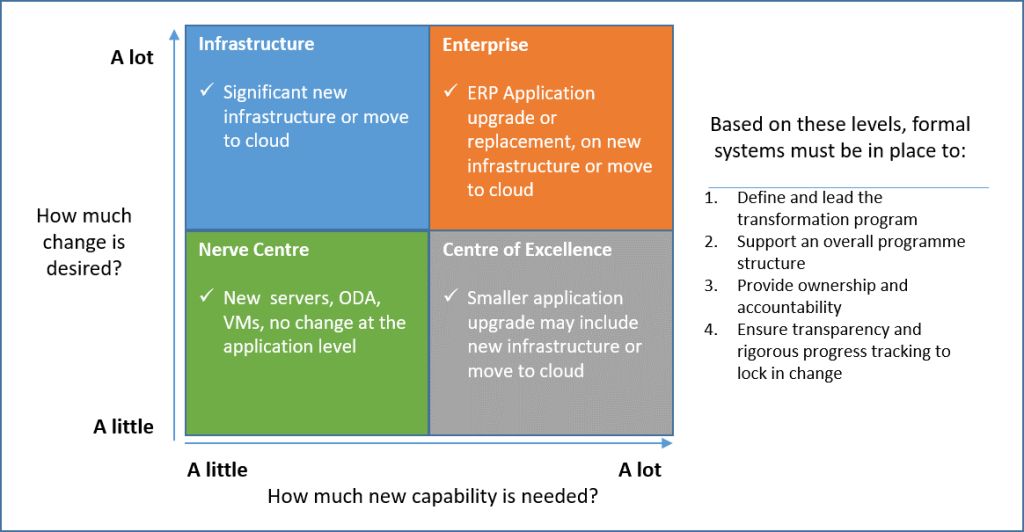Manage The Communications
Article written by Tim Lopez
Why you need Effective Communication?
Communications are critical to the success of Change Initiatives. Effective communication is vital when communicating with your team, stakeholders, or other people affected by the change. Effective communication will keep everyone informed about the initiative and help ensure success.
An effective communication plan will include the following:
- A focus on the importance of each message
- A process to ensure clarity and conciseness
- The frequency of the communication plan
- An approach to receiving and responding to feedback.
Things to keep in mind when communicating during a change management initiative:
Keep everyone informed.
- Ensure that everyone who needs to be informed about the initiative is kept up-to-date. This includes your team, your stakeholders, and anyone who will be affected by the change. Use multiple communication channels to ensure everyone is in the loop.
Be clear and concise.
- When communicating, be clear and concise. Use language everyone understands, avoid technical jargon, and express your point.
Communicate often.
- Frequent communication is essential in a Change Management initiative . Make sure to communicate regularly to keep everyone updated on the initiative's progress and address any concerns or questions.
Listen and respond.
- In addition to communicating often, listening to what others say is also very important. If someone has a concern or question, take the time to listen and respond accordingly. This will help build trust and buy-in from the team and other stakeholders.
Plan for feedback.
- Finally, be open to feedback about the initiative . Use feedback to improve the initiative plan and make necessary adjustments. This will help ensure the change initiative is successful and everyone is on board with the changes.
Prerequisites
It is important to note that a prerequisite is to
Complete a Stakeholder Analysis.
Steps to managing communication
1. Define the communication objectives
- The first step is identifying what you want to communicate and why. This will help you determine the best way to communicate your message.
- The next step is to understand who your audience is (stakeholders/employees etc) and how they will be affected by the change. This will help you tailor your messages and ensure they are relevant to them.
2. Understand what’s changing why it matters
- It's essential to understand what is changing and why clearly. This will help you communicate the change to each segment of your stakeholders.
3. Determine what you want to communicate and why
- The next step is determining what you want to communicate and why. This will help you develop a clear and concise message relevant to your audience.
- Identify the best ways to communicate your messages.
- Once you know what you want to communicate, you must determine the best way. This will vary depending on your audience and the situation. By understanding and being aware of the various stakeholders you are trying to communicate with, you can develop the most effective communication plan and save time down the road.
4. Develop a communication plan
Once you know what you want to communicate, you can develop a communication plan. This should include the following:
- Who will be responsible for communication?
- What channels will be used?
- When will communication take place?
- What message will be communicated?
- Who is the target audience?
5. Implement the communication plan
- The final step is to implement the communication plan. This includes communicating, holding meetings, and addressing any concerns or questions.
6. Evaluate the communication plan
- After the communication plan has been implemented, evaluating its effectiveness is essential. This will help you determine what worked well and what can be improved upon for future change initiatives.
7. Adjust the communication plan as needed
- Based on the evaluation, make necessary adjustments to the communication plan. This may include changing the channels used, the frequency of communication, or the message itself.

Compose the Change
Browse by Categories

Free On-Line Change Management Methodology that enables individuals and organisations, especially those previously without access to effective change management programmes, to deliver more effective community and country programmes which improve prosperity and save lives.
QUICKLINKS
TRAINING LINKS
LATEST POSTS




